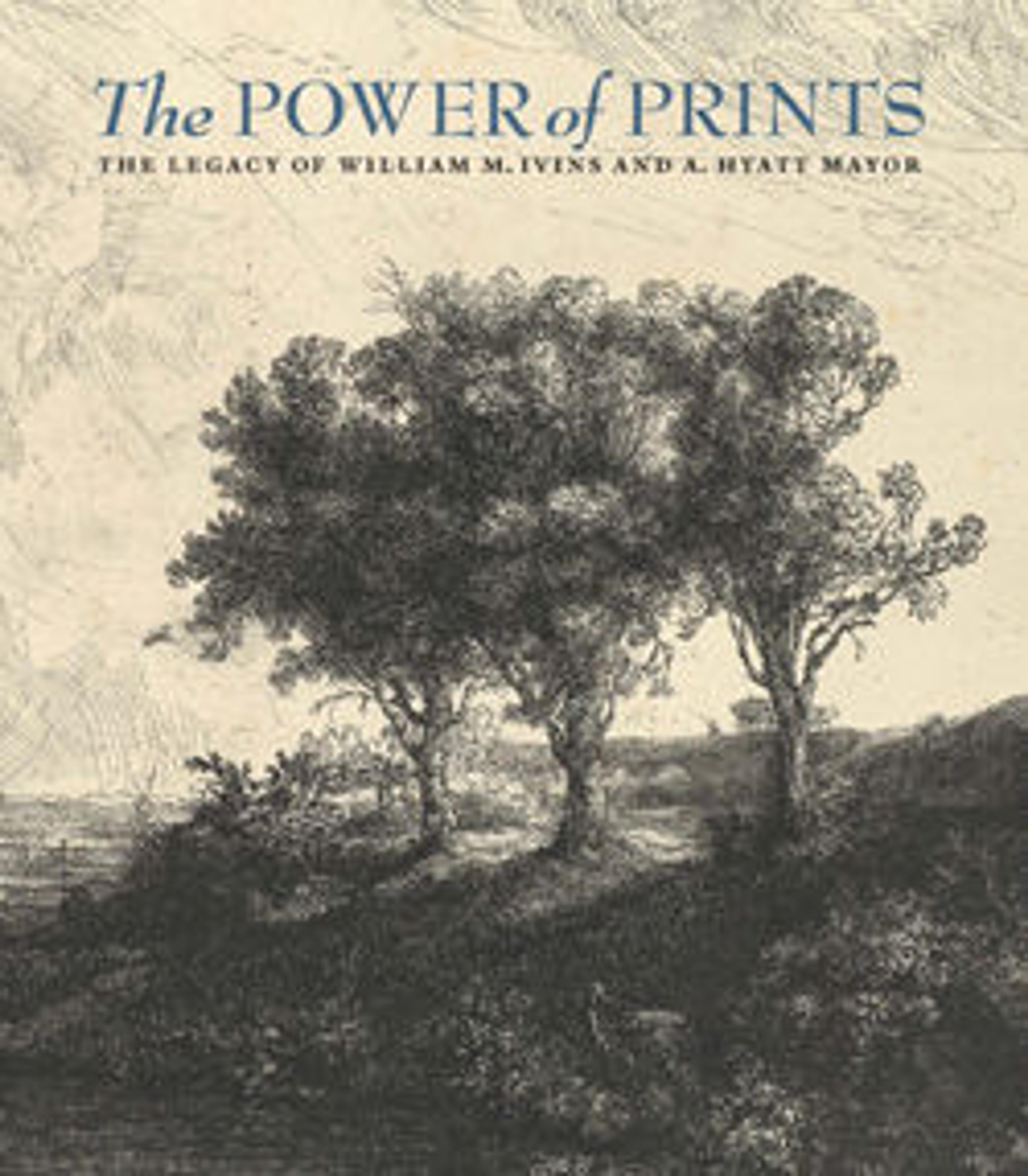Black Lion Wharf
When he moved to London in 1859, Whistler lodged near the Thames in the docklands south of Tower Bridge and began to make etchings of the river. New visual modes are explored here, with cropped forms and distinct spatial zones recalling Japanese woodblock prints—a genre he began collecting in Paris. Borrowing an effect from photographs, he renders the distant warehouses in sharp focus but treats closer forms broadly. Made in 1859, this etching was not published until 1871 in A Series of Sixteen Etchings of Scenes on the Thames and Other Subjects (the "Thames Set"). That year, Whistler also reproduced it on the wall behind his mother in the now famous painting, Arrangement in Grey and Black (Musée d’Orsay, Paris).
Artwork Details
- Title: Black Lion Wharf
- Series/Portfolio: Thames Set ("A Series of Sixteen Etchings of Scenes on the Thames and Other Subjects" 1871)
- Artist: James McNeill Whistler (American, Lowell, Massachusetts 1834–1903 London)
- Date: 1859
- Medium: Etching, printed in black ink on extremely fine cream Japan paper; fourth state of four (Glasgow)
- Dimensions: Plate: 5 7/8 × 8 11/16 in. (15 × 22.1 cm)
Sheet: 7 1/16 × 9 3/4 in. (18 × 24.7 cm) - Classification: Prints
- Credit Line: Harris Brisbane Dick Fund, 1917
- Object Number: 17.3.35
- Curatorial Department: Drawings and Prints
More Artwork
Research Resources
The Met provides unparalleled resources for research and welcomes an international community of students and scholars. The Met's Open Access API is where creators and researchers can connect to the The Met collection. Open Access data and public domain images are available for unrestricted commercial and noncommercial use without permission or fee.
To request images under copyright and other restrictions, please use this Image Request form.
Feedback
We continue to research and examine historical and cultural context for objects in The Met collection. If you have comments or questions about this object record, please complete and submit this form. The Museum looks forward to receiving your comments.
